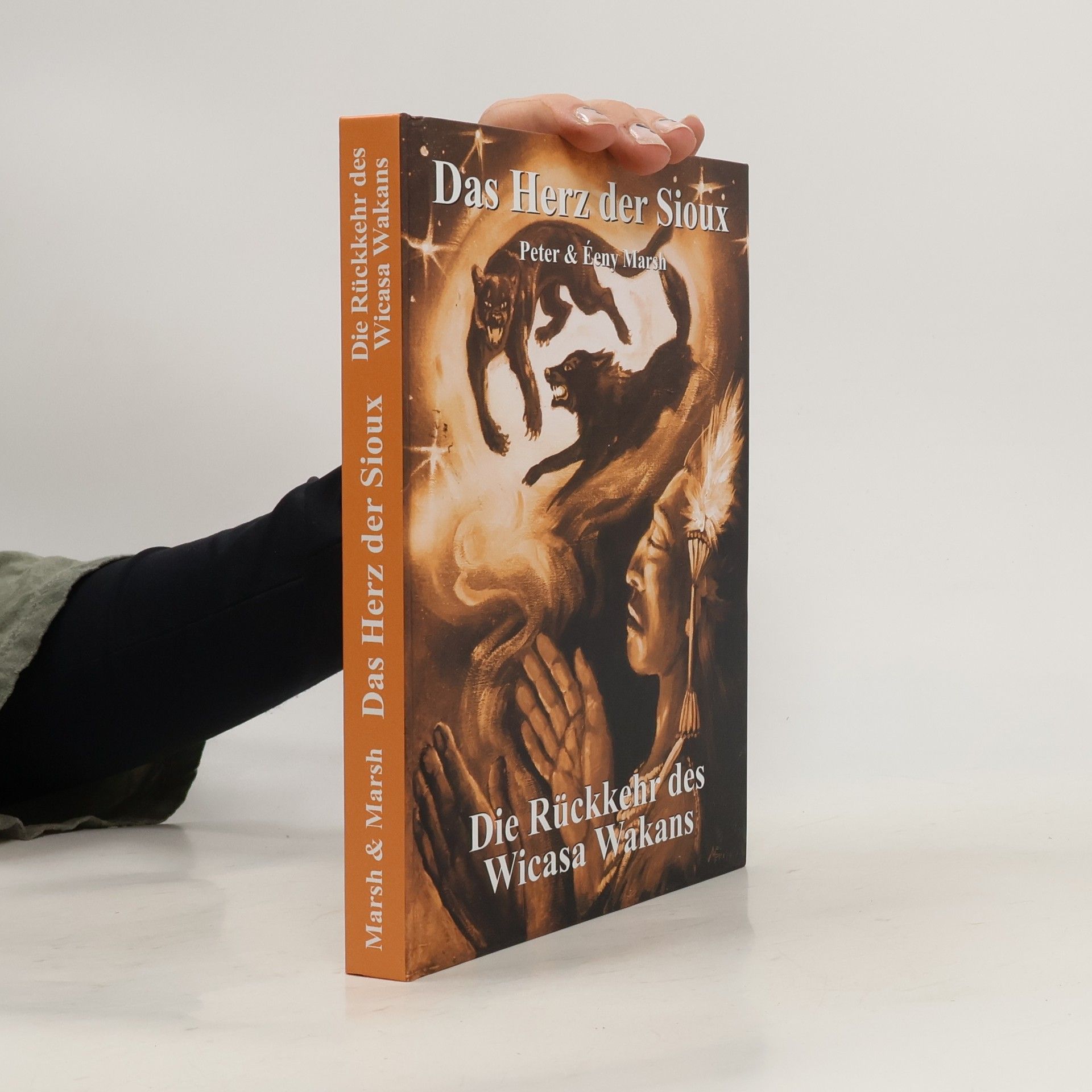Why are racists more likely to be sexists? And why are they more likely to support the exploitation of nonhuman animals and the natural world? In this book you will learn about recent research which shows these different forms of oppression are linked together by a desire for inequality and social dominance, the supremacist syndrome. This book looks at different forms of supremacism and answers questions * What do different forms of oppresssion have in common? * How do supremacists exploit others and live with themselves? * Why are supremacists more likely to deny climate change? and * Why is our treatment of other animals like other forms of prejudice? Finally, this book provides practical information about what you can do to make a more equal world by supporting cross-cultural collaboration, humane education, global organizations, and veganism. If you're fighting for equality and against male supremacism, white supremacism, or human supremacism, reading this book will help you in your fight.
Peter Marsh Livres






Eye to eye: How people interact
- 256pages
- 9 heures de lecture
Human communications are fully explored in a study of the kinds of eye contact, body language, and other behaviors that play an important role in shaping personal relationships
The New Industrial Revolution
- 311pages
- 11 heures de lecture
Explores more than 250 years of manufacturing history, arguing that the rise of China and India is not necessarily the death knell of the U.S., U.K., German and Japanese economies, if only those nations can adapt.
Die Horde Mensch
Individuum und Gruppenverhalten
Coyote, auch bekannt als Verrückter Puma, verliert nach einem Kampf gegen die Shoshone seine Erinnerungen, findet jedoch langsam seinen Platz bei den Crow und verliebt sich in „Tanzender Kessel“. Während eines Überfalls muss er sich als Krieger beweisen. Seine Oglala-Familie ahnt nicht, dass er lebt, während sie in neue Gebiete ziehen. Eulenfrau hat Visionen von Coyotes Leben, was Hoffnung und Zuversicht bringt. Der Konflikt mit den Kiowa ist unausweichlich.
Die Buchanmerkung beschreibt die Konflikte zwischen den Pawnee, Apache und Navajo im 17. und 18. Jahrhundert, ausgelöst durch den Sklavenhandel und Überfälle. Heulender Wolf und die Skidi Pawnee verbünden sich mit den Franzosen, um sich gegen die Angriffe zu verteidigen. Dies führt zu einer entscheidenden Schlacht gegen die spanischen Truppen 1720.
Benjamin Boden, ein Bienenjäger in Michigan, sieht sich 1812 mit dem Ausbruch des Krieges konfrontiert, der seine Pläne durchkreuzt. Auf seiner letzten Bienenjagd trifft er auf verschiedene Charaktere, darunter den alkoholkranken Gershom und den Kurier Taubenflügel. Ihre Flucht vor den Potawatomi wird zur gefährlichen Herausforderung, während sie versuchen, dem blutrünstigen Häuptling Onoah zu entkommen.
Benjamin Boden, ein Bienenjäger in Michigans Eichenlichtungen, sieht sich 1812 im Krieg zwischen den Amerikanern und Briten mit unerwarteten Herausforderungen konfrontiert. Auf seiner letzten Bienenjagd trifft er auf unterschiedliche Menschen und muss sich entscheiden, ob er einen Freund retten kann. Die Flucht vor den Potawatomi wird zu einem gefährlichen Abenteuer.
Die Wolkenschilde und Assiniboine in Kanada erleben einen Wandel, der ihre traditionelle Lebensweise betrifft. Die Grenzen zwischen den Kulturen der Ureinwohner und der weißen Bevölkerung verschwimmen zunehmend.
